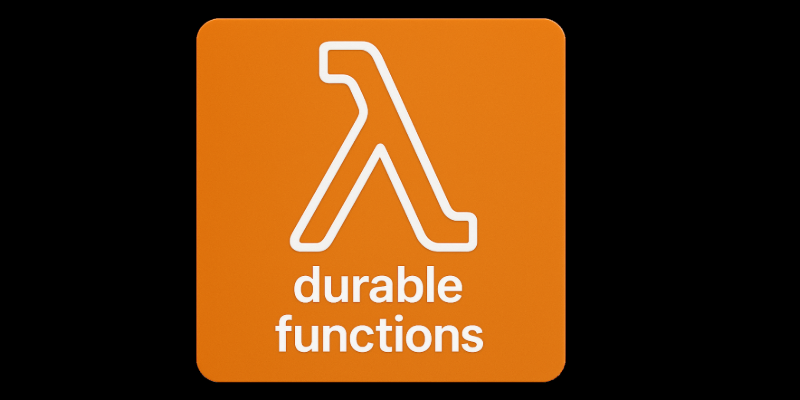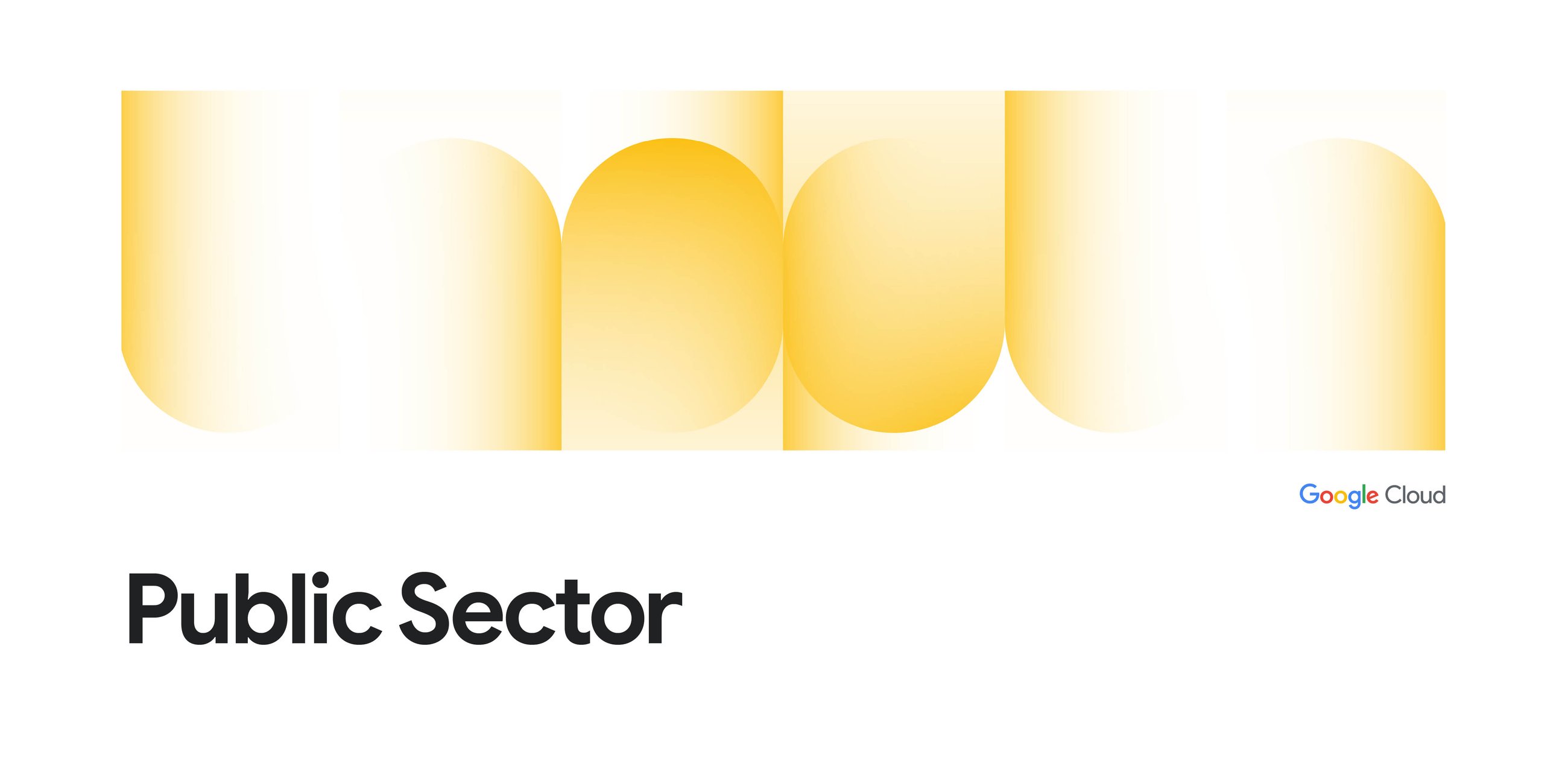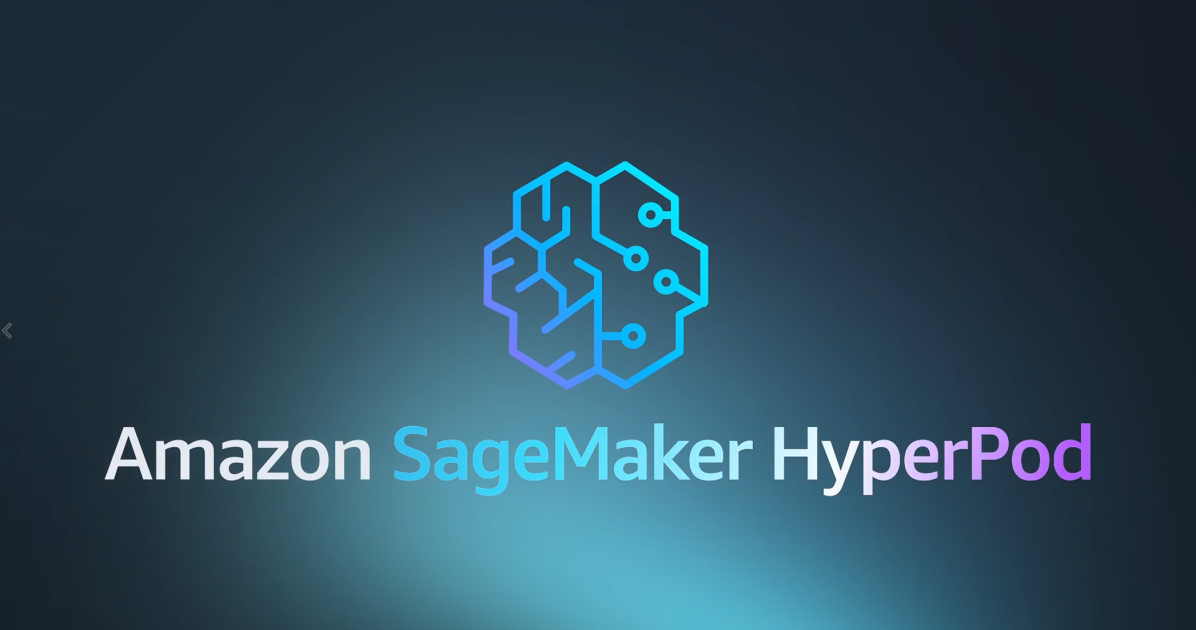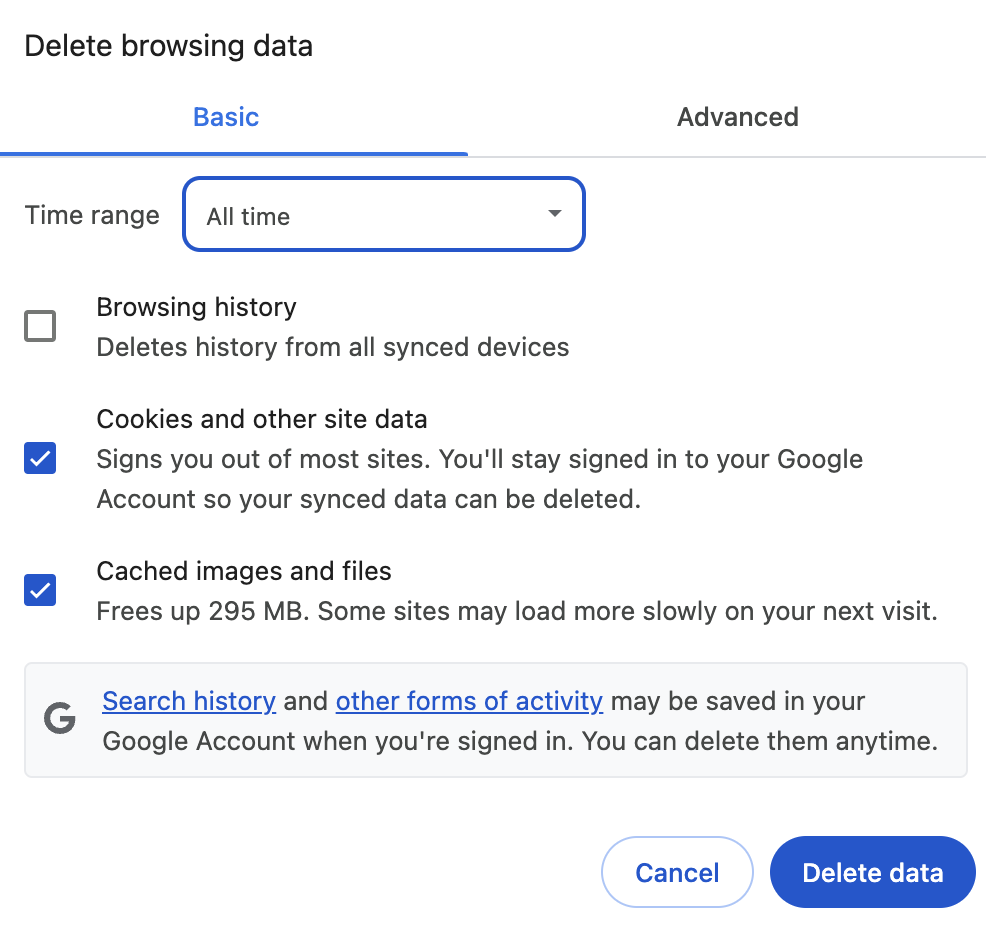
As Large Language Models (LLMs) continue to grow in size and capability, the computational demands for deploying them have become a significant challenge. A 175-billion parameter model like GPT-3 requires hundreds of gigabytes of memory and substantial computational resources, making deployment expensive and often impractical for many applications. This is where model quantization and optimization techniques become game-changers, enabling efficient deployment without sacrificing too much performance.
Modern LLMs face several resource constraints that make optimization crucial:
- Memory Requirements: Large models can require 100GB+ of RAM for inference, making them inaccessible for many deployment scenarios
- Computational Overhead: Processing billions of parameters for each inference creates significant latency and energy consumption
- Cost Implications: Running large models on high-end hardware translates to substantial operational costs
- Edge Deployment: Mobile devices, embedded systems, and edge computing environments have strict resource limitations
Model quantization is the process of reducing the precision of model weights and activations, typically from 32-bit floating point (FP32) to lower precision formats like 16-bit (FP16), 8-bit (INT8), or even 4-bit representations.
In standard neural networks, weights are stored as 32-bit floating point numbers, providing high precision but consuming significant memory. Quantization maps these high-precision values to a smaller set of discrete values.
Linear Quantization Formula:
Where:
- scale determines the step size between quantized values
- zero_point handles asymmetric distributions
- round() maps to the nearest integer
Applied after model training is complete, PTQ is faster to implement but may have more accuracy loss. PTQ is good for quick deployment optimization and doesn’t require access to training data.
Quantization effects are simulated during training, providing better accuracy preservation but requiring retraining. QAT is more complex but yields superior results by allowing the model to adapt to quantization effects during training.
- Dynamic: Quantization parameters computed during inference
- Static: Parameters pre-computed using calibration data
The simplest approach focuses on quantizing model weights while keeping activations in higher precision.
Advantages:
- Reduces memory footprint by 2–4x
- Relatively simple to implement
- Minimal accuracy degradation
Quantizes both weights and activations to integers, maximizing efficiency gains.
Benefits:
- Maximum memory and compute savings
- Enables deployment on integer-only hardware
- Significant speedup potential
Challenges:
- Requires careful calibration
- May need fine-tuning to maintain accuracy
- More complex implementation
Different layers use different precision levels based on their sensitivity to quantization.
Strategy:
- Keep attention layers in higher precision
- Use lower precision for feed-forward layers
- Maintain embeddings in FP16 or FP32
GPTQ is specifically designed for transformer models and has shown excellent results with LLMs.
Key Features:
- Uses second-order information (Hessian) for better weight selection
- Processes one transformer block at a time
- Achieves 4-bit quantization with minimal accuracy loss
Process:
- Compute Hessian matrix for each layer
- Use optimal brain surgeon algorithm to select weights for quantization
- Apply quantization while minimizing error propagation
GPTQ can quantize GPT models with 175 billion parameters in approximately four GPU hours, reducing the bitwidth down to 3 or 4 bits per weight, with negligible accuracy degradation.
AWQ protects salient weights that correspond to important activations.
Innovation:
- Analyzes activation patterns to identify critical weights
- Keeps important weights in higher precision
- Quantizes less critical weights more aggressively
Results:
- Better accuracy preservation than uniform quantization
- Maintains model performance even at 4-bit precision
- Protecting only 1% salient weights can greatly reduce quantization error
Addresses the challenge of quantizing activations in transformer models.
Problem: Transformer activations have outliers that are difficult to quantize
Solution: Smooth activation distributions by migrating difficulty to weights
Process:
- Identify activation outliers in attention and feed-forward layers
- Apply smoothing transformations to reduce outlier magnitude
- Quantize both weights and activations effectively
SmoothQuant enables an INT8 quantization of both weights and activations for all the matrix multiplications in LLMs, demonstrating up to 1.56x speedup and 2x memory reduction with negligible loss in accuracy.
Recent advances focus on quantizing the key-value cache, which becomes a major memory bottleneck for long sequences.
Key Insights:
- Key cache should be quantized per-channel
- Value cache should be quantized per-token
- Different treatment for keys and values achieves better compression
FP8 offers an alternative to INT8 with higher dynamic range, suitable for quantizing more components including activations.
Advantages:
- Better performance improvements with less degradation for smaller models
- Higher dynamic range compared to INT8
- Supported on modern hardware like H100 GPUs
Structured Pruning:
- Removes entire neurons, layers, or attention heads
- Maintains regular computation patterns
- Easier to implement on standard hardware
Unstructured Pruning:
- Removes individual weights based on magnitude
- Higher compression ratios possible
- Requires specialized hardware for efficiency gains
Training smaller “student” models to mimic larger “teacher” models.
Process:
- Use large model as teacher to generate soft targets
- Train smaller student model to match teacher outputs
- Combine original task loss with distillation loss
Benefits:
- Significant model size reduction
- Maintains much of the original performance
- Can be combined with quantization
Attention Optimization:
- Flash Attention: Memory-efficient attention computation
- Sparse Attention: Reduce quadratic complexity
- Multi-Query Attention: Share key/value across heads
Flash Attention uses tiling to reduce the number of memory reads/writes between GPU high bandwidth memory (HBM) and GPU on-chip SRAM, achieving up to 3x speedup on GPT-2.
For Quick Deployment:
- Start with weight-only quantization
- Use post-training quantization for simplicity
- Target INT8 for good balance of speed and accuracy
For Maximum Efficiency:
- Implement full integer quantization
- Use calibration datasets for better accuracy
- Consider 4-bit quantization for memory-constrained environments
For Production Systems:
- Benchmark multiple approaches
- Use quantization-aware training for critical applications
- Implement mixed-precision strategies
Accuracy Metrics:
- Compare perplexity on validation sets
- Measure task-specific performance degradation
- Test on diverse benchmarks (GLUE, HellaSwag, etc.)
Efficiency Metrics:
- Memory usage reduction
- Inference latency improvement
- Energy consumption analysis
- Cost savings calculation
Recent comprehensive evaluations show that LLMs with 4-bit quantization can retain performance comparable to their non-quantized counterparts, with quantization achieving up to 99% accuracy recovery.
Native support includes the torch.quantization module with dynamic and static quantization capabilities.
import torch.quantization as quant# Prepare model for quantization
model.qconfig = quant.get_default_qconfig('fbgemm')
model_prepared = quant.prepare(model)
# Calibrate with sample data
model_prepared.eval()
with torch.no_grad():
for data in calibration_data:
model_prepared(data)
# Convert to quantized model
quantized_model = quant.convert(model_prepared)
Features integration with popular transformer models and support for various quantization backends.
from optimum.onnxruntime import ORTModelForCausalLM# Load and quantize model
model = ORTModelForCausalLM.from_pretrained(
"microsoft/DialoGPT-medium",
from_transformers=True,
provider="CPUExecutionProvider"
)
# Apply quantization
quantized_model = model.quantize()
Provides 4-bit and 8-bit quantization with minimal setup required.
from transformers import BitsAndBytesConfig, AutoModelForCausalLMquantization_config = BitsAndBytesConfig(
load_in_4bit=True,
bnb_4bit_compute_dtype=torch.float16
)
model = AutoModelForCausalLM.from_pretrained(
"meta-llama/Llama-2-7b-hf",
quantization_config=quantization_config
)
Quantization can significantly speed up inference times, with AWQ and GPTQ techniques delivering similar performance improvements. Recent benchmarks show:
- 3x faster inference with 4-bit quantization compared to FP16
- Up to 3.4x throughput improvement with mixed 4-bit quantization
- 2x speedup with 4x memory reduction for CNN deployments
Quantization achieves substantial memory savings:
- 75% less memory with INT8 quantization from FP32
- 87% reduction with 4-bit quantization
- 2.6x less peak memory usage with KV cache quantization
Modern quantization techniques maintain high accuracy:
- 99% accuracy recovery with 8-bit quantization
- Minimal performance degradation (< 5%) with proper calibration
- 95.87% accuracy maintained with structured pruning and distillation
- Baseline Establishment: Measure original model performance thoroughly
- Gradual Optimization: Apply techniques incrementally to understand impact
- Validation Testing: Use diverse datasets for comprehensive evaluation
- Production Monitoring: Continuously monitor quantized model performance
- Over-quantization: Pushing precision too low without proper validation
- Ignoring Outliers: Not accounting for activation distribution characteristics
- Insufficient Calibration: Using too little or unrepresentative calibration data
- Hardware Mismatch: Optimizing for wrong target hardware characteristics
Phase 1: Weight-only quantization for quick wins
Phase 2: Full quantization with proper calibration
Phase 3: Advanced techniques (pruning, distillation, architectural changes)
Phase 4: Hardware-specific optimization and deployment
- Adaptive Quantization: Dynamic adjustment of precision based on input complexity
- Neural Architecture Search: Automated optimization of model architectures
- Hardware-Software Co-design: Optimization tailored to specific hardware platforms
- Standardization: Development of common quantization standards and benchmarks
- Automated Tools: AI-assisted optimization and quantization selection
- Specialized Hardware: Chips designed specifically for quantized model inference
Model quantization and optimization represent critical technologies for making LLMs accessible and practical for real-world deployment. As models continue to grow in size and capability, these techniques become increasingly important for democratizing AI access and reducing computational costs.
The field is rapidly evolving, with new techniques like GPTQ, AWQ, and SmoothQuant showing that significant efficiency gains are possible without substantial accuracy loss. The key is understanding the trade-offs and choosing the right combination of techniques for your specific use case.
Success in model optimization requires careful attention to the entire pipeline — from quantization method selection to hardware considerations to thorough validation. By following best practices and staying current with emerging techniques, developers can deploy efficient LLM solutions that deliver powerful AI capabilities within practical resource constraints.
The future of LLM deployment lies not just in making models larger and more capable, but in making them more efficient and accessible through sophisticated optimization techniques. As these methods mature, we can expect to see powerful AI capabilities available in an increasingly wide range of applications and deployment scenarios.
Ready to optimize your LLM deployment? Start with simple weight quantization, measure the impact carefully, and gradually explore more advanced techniques as your requirements and expertise grow.
Source Credit: https://medium.com/google-cloud/model-quantization-and-optimization-making-llms-efficient-and-accessible-8a7727751aeb?source=rss—-e52cf94d98af—4




